- Author Jason Gerald [email protected].
- Public 2023-12-16 10:50.
- Last modified 2025-01-23 12:04.
Browser add-ons can add a lot of functionality to your web browser, but too many add-ons can really slow down your computer. Some add-ons are actually malicious programs and pose a threat to your personal information. Removing unused add-ons will keep your browser running smoothly and help protect your data.
Step
Method 1 of 4: Internet Explorer
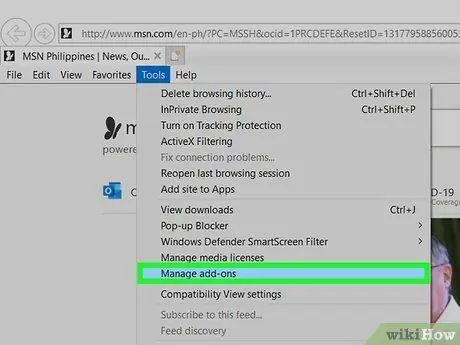
Step 1. Open the add-on manager
If you have add-ons or toolbars that you no longer want to use, you can remove them from Internet Explorer. To do so, click Tools → Manage Add-ons.
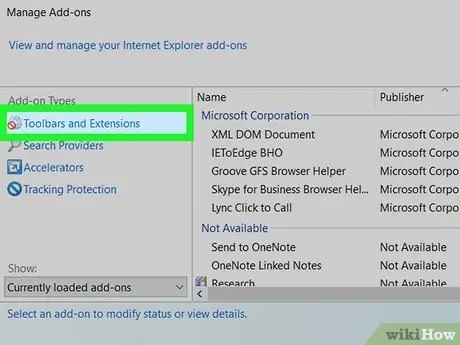
Step 2. Select "Toolbars and Extensions"
It can be selected in the left frame, and will usually be selected by default. A list of installed add-ons will be listed in the main frame of the window.
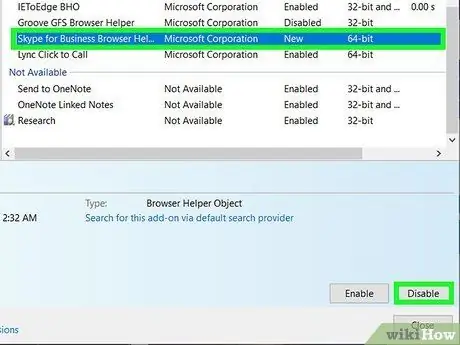
Step 3. Select the add-on you want to remove
There may be several add-ons installed by a program. Click Disable to turn off the extension.
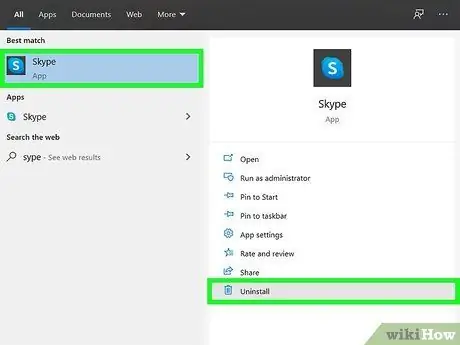
Step 4. Remove the add-on
Once the add-on is disabled, you must remove the add-on software from the computer. You can do this from the Windows program manager.
- Open Control Panel. You can access the Control Panel from the Start menu. Windows 8 users can press Ctrl+X and select Control Panel from the menu.
- Select "Add/Remove Programs" or "Programs and Features".
- Look for the add-on in the list of installed programs. The complete list of programs may take a while to load.
- Select the add-on and click Uninstall. The Uninstall button is located at the top of the list.

Step 5. Use antimalware software to remove stubborn toolbars
If you are unable to remove the toolbar, it may be a malicious program and requires some additional handling to remove it. See this guide for detailed instructions.
Method 2 of 4: Chrome
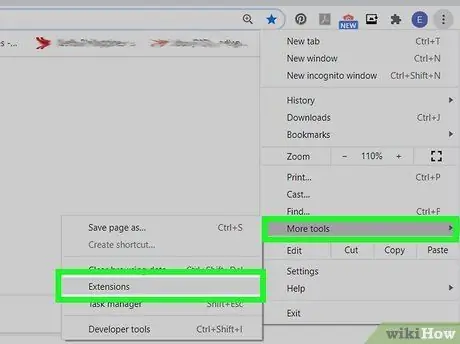
Step 1. Open the add-on manager
If you have add-ons or toolbars that you don't want to use anymore, you can remove them from Chrome. Add-ons in Chrome refer to "extensions". Click the Menu button (☰), select Tools → Extensions. This will open a new tab with a list containing all installed extensions.
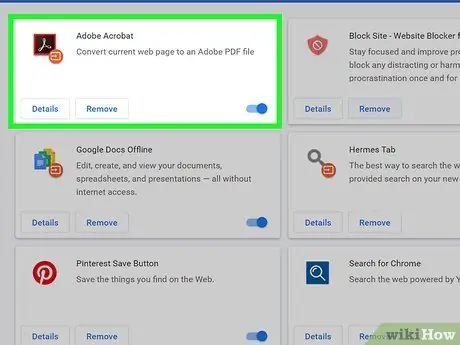
Step 2. Locate the add-on that you want to remove
You can scroll the mouse if you have too many add-ons that cannot be displayed on one screen.
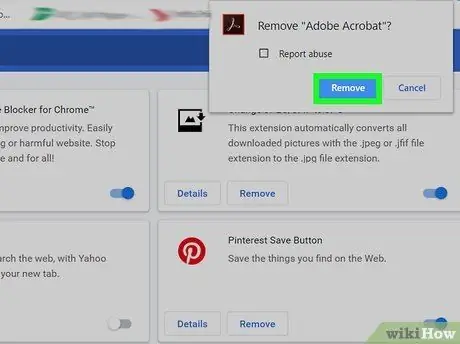
Step 3. Click the trash can icon to remove the add-on
Confirm that you really want to remove the add-on by clicking Remove.
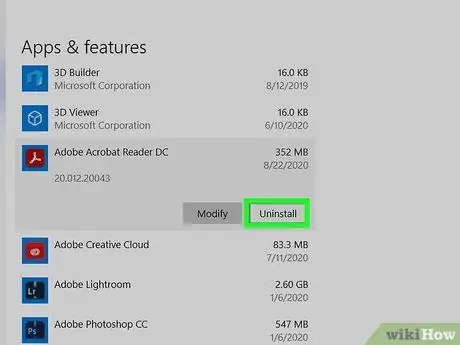
Step 4. Remove the add-on
After the add-on is disabled, you must remove the add-on software from the computer. You can do this from the Windows program manager.
- Open Control Panel. You can access the Control Panel from the Start menu. Windows 8 users can press Ctrl+X and select Control Panel from the menu.
- Select "Add/Remove Programs" or "Programs and Features".
- Look for the add-on in the list of installed programs. The complete list of programs may take a while to load.
- Select the add-on and click Uninstall. The Uninstall button is located at the top of the list.
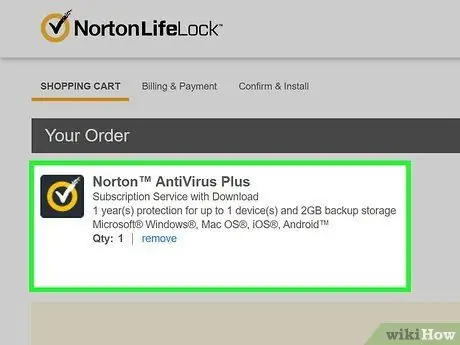
Step 5. Use antimalware software to remove stubborn toolbars
If you are unable to remove the toolbar, it may be a malicious program and requires some additional handling to remove it. See this guide for detailed instructions.
Method 3 of 4: Firefox

Step 1. Open the add-on manager
Click the Menu button (☰) and select "Add-ons". This will open a new tab with a list of installed add-ons, which refer to "extensions" in Firefox. If the "Extensions" tab is not already selected, click this tab on the left side of the page.
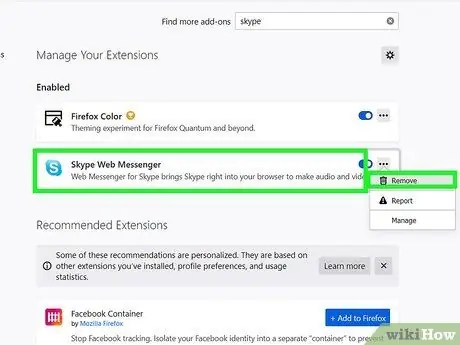
Step 2. Locate the add-on that you want to remove
Click Remove to remove the add-on.
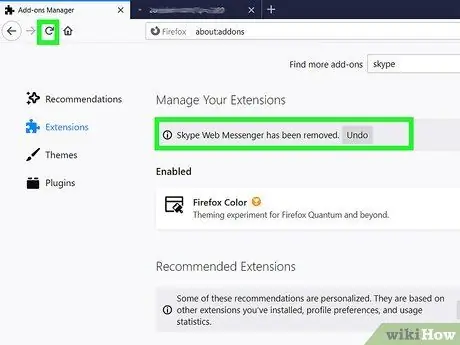
Step 3. Start restart Firefox. You will need to restart your browser to complete the removal.

Step 4. Remove the add-on
Once the add-on is disabled, you must remove the add-on software from the computer. You can do this from the Windows program manager.
- Open Control Panel. You can access the Control Panel from the Start menu. Windows 8 users can press Ctrl+X and select Control Panel from the menu.
- Select "Add/Remove Programs" or "Programs and Features".
- Look for the add-on in the list of installed programs. The complete list of programs may take a while to load.
- Select the add-on and click Uninstall. The Uninstall button is located at the top of the list.
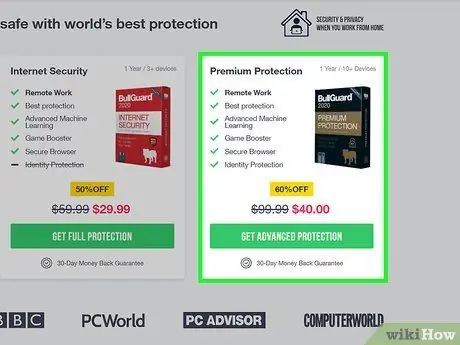
Step 5. Use antimalware software to remove stubborn toolbars
If you are unable to remove the toolbar, it may be a malicious program and requires some additional handling to remove it. See this guide for detailed instructions.
Method 4 of 4: Safari
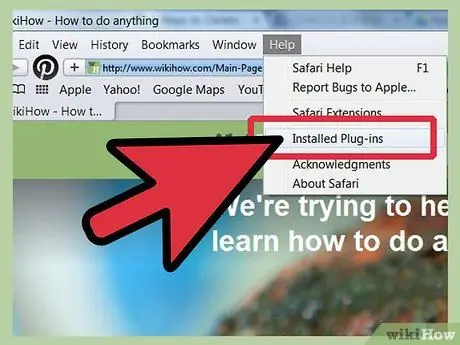
Step 1. Open the list of installed plug-ins
In Safari, add-ons refer to "plug-ins". Click Help → Installed Plug-ins. This will open a new page containing all the plug-ins installed.

Step 2. Locate the plug-in you want to remove
The file name for the plug-in will be displayed (eg the QuickTime file is named "QuickTime Plugin.plugin"). You won't be able to remove plug-ins from within Safari, so note the filename.
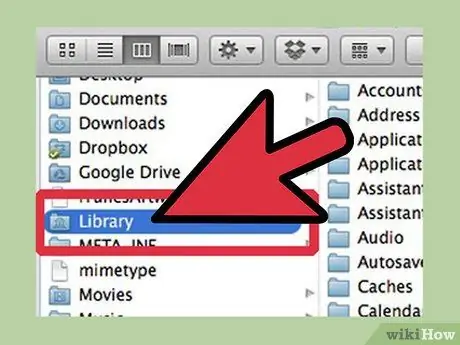
Step 3. Activate your Library folder
OS X has hidden the Library folder, which is used to store add-on files. You'll need to show the hidden Library folder to find the plug-in file.
- Open your Home folder in Finder.
- Click View → Show View Options.
- Check the "Show Library Folder" box.
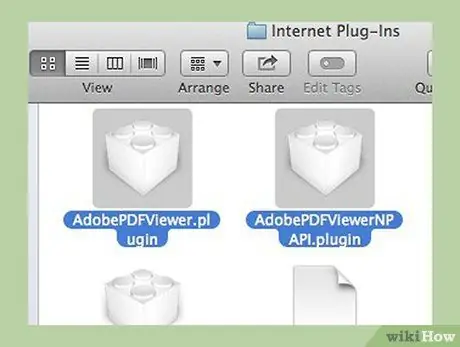
Step 4. Locate the plug-in file that you want to remove
Locate the file you noted in Step 2. Navigate to the folder that contains the plug-in file. The plug-in files may be in Library/Internet Plug-Ins/ or ~/Library/Internet Plug-ins/.
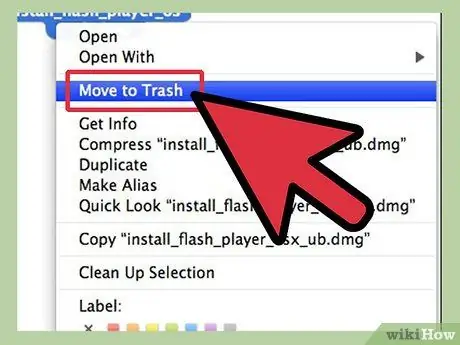
Step 5. Delete the file
Click and drag the plug-in file into the Trash. Restart Safari for the changes to take effect.






